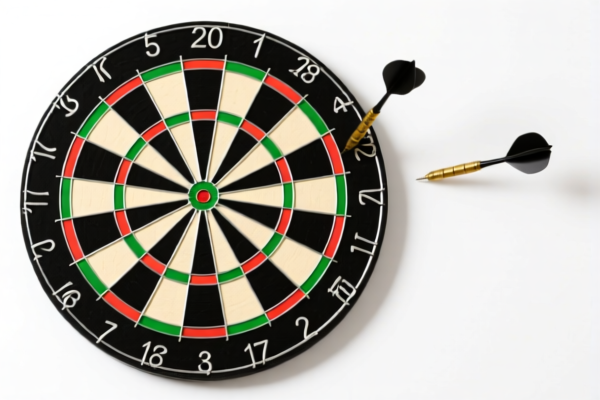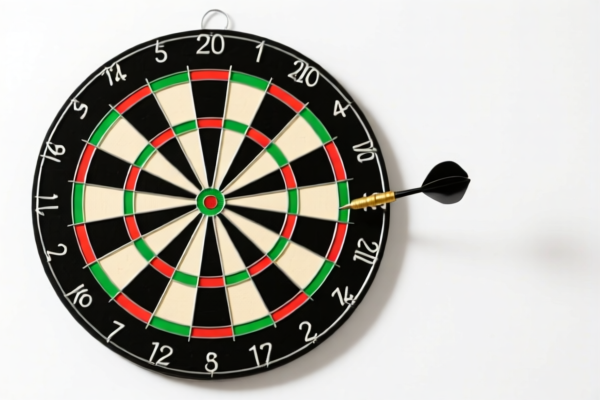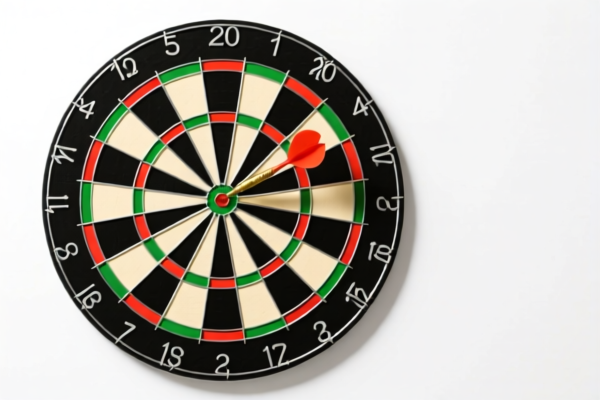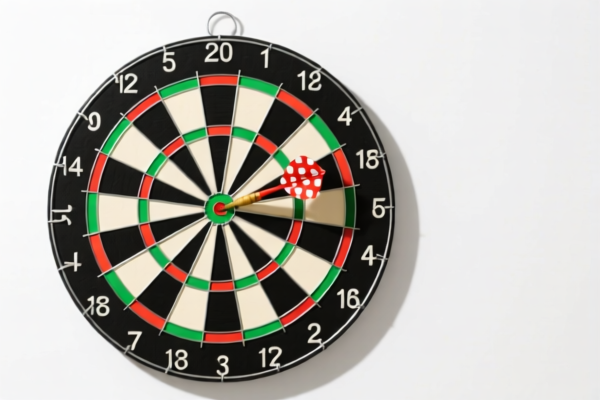| HS Code | Official Doc | Tariff Rate | Origin | Destination | Effective Date |
|---|---|---|---|---|---|
| 8487900080 | Doc | 83.9% | CN | US | 2025-05-12 |
| 8487900040 | Doc | 58.9% | CN | US | 2025-05-12 |
| 8483908040 | Doc | 57.8% | CN | US | 2025-05-12 |
| 8483908080 | Doc | 57.8% | CN | US | 2025-05-12 |
| 6507000000 | Doc | 55.0% | CN | US | 2025-05-12 |




Dart Rod
A dart rod is a specialized fishing rod designed for a specific technique known as dart fishing, or rod and line darting. It is primarily used for targeting fish in shallow, clear water environments.
Material:
- Construction: Typically constructed from lightweight materials like graphite or fiberglass, or a composite blend of both. Graphite offers sensitivity and responsiveness, while fiberglass provides durability and power.
- Guides: Feature a minimal number of guides, often with ceramic inserts to reduce friction and line wear.
- Reel Seat: Designed to securely hold a specialized dart reel, which is smaller and simpler than conventional fishing reels.
Purpose:
Dart fishing is a method that utilizes a weighted dart, propelled by a long, slender rod, to strike fish directly. The technique is effective for precise targeting and minimal disturbance in the water.
Function:
- Propulsion: The rod acts as a lever to launch the dart with accuracy and force.
- Targeting: The length of the rod allows for accurate casting and presentation of the dart to specific fish.
- Sensitivity: Provides feedback from the dart's impact and fish strikes.
- Control: Enables the angler to quickly retrieve the dart and re-cast.
Usage Scenarios:
- Shallow Water: Ideal for targeting fish in water depths of 2-8 feet.
- Clear Water: Effective in clear water conditions where fish can be visually targeted.
- Flats Fishing: Commonly used for targeting species like redfish, spotted seatrout, and flounder on shallow flats.
- Snook Fishing: Popular in mangrove estuaries and shallow coastal areas for snook.
- Calm Conditions: Best suited for calm water with minimal current or waves.
Common Types:
- Single-Handed Dart Rods: The most common type, operated with one hand. Lengths typically range from 7 to 9 feet.
- Double-Handed Dart Rods: Longer rods (10-12 feet) used for longer casts and greater power. Less common but useful in areas with longer casting distances or larger fish.
- Adjustable Dart Rods: Some rods feature adjustable lengths for versatility in different fishing situations.
- Specific Species Rods: Some manufacturers produce rods specifically designed for targeting certain species like redfish or snook, with optimized lengths and actions.
Based on the provided information, classifying "dart rod" requires careful consideration of its material and function. Here's a breakdown of potentially relevant HS codes:
- 8487900080: Machinery parts, not containing electrical connectors, insulators, coils, contacts or other electrical features, and not specified or included elsewhere in this chapter: Other. This code covers a broad category of machinery parts excluding those with electrical components. If the dart rod is a component of a larger machine and lacks electrical features, this could be applicable. The total tax rate is 83.9%.
- 8487900040: Machinery parts, not containing electrical connectors, insulators, coils, contacts or other electrical features, and not specified or included elsewhere in this chapter: Other Oil seals, other than those of chapter 40. While primarily for oil seals, the broader "Other" categorization within this code might apply if the dart rod shares similar material properties or manufacturing processes with oil seals, but this is less likely. The total tax rate is 58.9%.
- 8483908080: Transmission shafts (including camshafts and crankshafts) and cranks; bearing housings, housed bearings and plain shaft bearings; gears and gearing; ball or roller screws; gear boxes and other speed changers, including torque converters; flywheels and pulleys, including pulley blocks; clutches and shaft couplings (including universal joints); parts thereof: Toothed wheels, chain sprockets and other transmission elements presented separately; parts: Other: Other. If the dart rod functions as a transmission element or shaft component, this code could be relevant. The total tax rate is 57.8%.
- 8483908040: Transmission shafts (including camshafts and crankshafts) and cranks; bearing housings, housed bearings and plain shaft bearings; gears and gearing; ball or roller screws; gear boxes and other speed changers, including torque converters; flywheels and pulleys, including pulley blocks; clutches and shaft couplings (including universal joints); parts thereof: Toothed wheels, chain sprockets and other transmission elements presented separately; parts: Other: Other. Similar to 8483908080, this applies if the dart rod is a transmission element or shaft component. The total tax rate is 57.8%.
HS Code Structure Explanation:
- Chapter 84: Covers machinery and mechanical appliances; parts thereof.
- Chapter 65: Covers textiles, textile articles, and related products.
- 8487: Specifically for parts of machinery.
- 8483: Specifically for transmission shafts, gears, and related components.
- 9000: Indicates "Other" within the specified category.
- XX: Further specifies the type of "Other" part or component.
Important Note: Determining the correct HS code requires a detailed understanding of the dart rod's material composition, manufacturing process, and intended function. If the dart rod is made of steel or aluminum, please be aware of the 25% additional tariff applicable to those materials, as noted in the reference material.
Customer Reviews
No reviews yet.